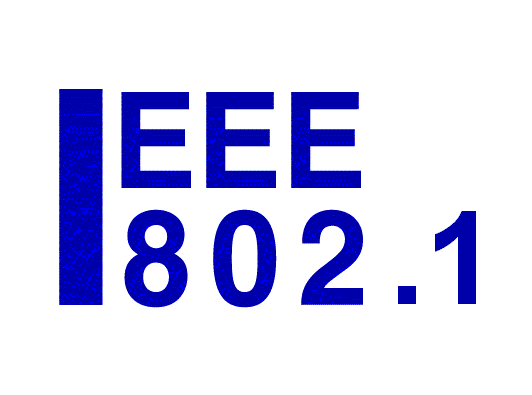Protocol Simulations
Simulations can be a valuable tool to aid in developing new protocols, as well as testing interoperability of various protocols working together. This page has been created to provide information about simulations and to encourage their use in our standards development efforts.
It is interesting to note that some simulation tools include the ability to connect to physical devices via Ethernet or Wi-Fi in order to compare the behaviour of a device with the behaviour of a simulation. This approach allows the testing of a device within a larger simulated network.
There are two components required for an effective simulation:
1. Simulation tool
2. Simulation model(s)
There are several simulation tools available in the marketplace. The choice of tool(s) listed here is not meant as an endorsement of one tool vs another; it simply represents familiarity to a tool based upon experience by volunteers who contribute to this page.
Simulation Tool: OMNeT++
Several participants in the Time-Sensitive Networking (TSN) Task Group have used OMNeT++ to run simulations. Those participants have volunteered their time in an effort to help others understand this tool and encourage use of any type of simulations to create better standards.
Statement from IEEE-SA
This tool is provided for the convenience of IEEE 802.1 participants, with permission granted by OMNeT. IEEE makes no claim, nor does it provide any warranty whatsoever, neither expressed nor implied, as to the merchantability and fitness for a particular purpose, or with respect to the quality, accuracy, currency or completeness of the tool.
– IEEE-SA 21 May 2018
License from OpenSim Ltd.
OpenSim Ltd. (as the original author of the Software OMNeT++) hereby grants IEEE 802.1. participants the license to use OMNeT++ in their work for the Working Group. By using the software, the participant acknowledges to be bound by the EULA of the software which is also available at https://omnetpp.org/intro/ license and that OpenSim’s permission to use OMNeT++ is valid for their activities within the IEEE 802.1 working group only. All other commercial or government-funded research use requires a commercial license available from www.omnest.com
– OpenSim 08 May 2018
Installation
Downloading
A link to the OMNeT++ download page can be found from the OpenSim license page referenced above.
Installation hints
OMNeT++ Installation hints for Mac OS
Simulation Models
For the convenience of the IEEE 802.1 Working Group, links to various simulation models can be found here. There is no promise of fitness or functionality associated with these models. As a user of these models you would be expected to verify the correctness of the model yourself. If during that process any errors are uncovered it would be appreciated if fixes were submitted to the model’s author for review and inclusion in a future release.
MIT or BSD licensing is encouraged for simulation models, but not required.
Specific TSN models
- NeSTiNg – Network Simulator for Time-sensitive Networking (OMNeT++). David Hellmanns, one of the simulation authors, presented NeSTiNg A Network Simulator for Time-sensitive Networking at the September 2018 interim meeting in Oslo, Norway.
Generic networking models
- INET Framework: An open-source OMNeT++ model suite for wired, wireless and mobile networks
- A lightweight packet-level OMNeT++ simulator designed to simulate large FatTree data center networks
Tutorials
There are various tutorials available on the web. Some are non-audio YouTube videos, or notes from college courses.
